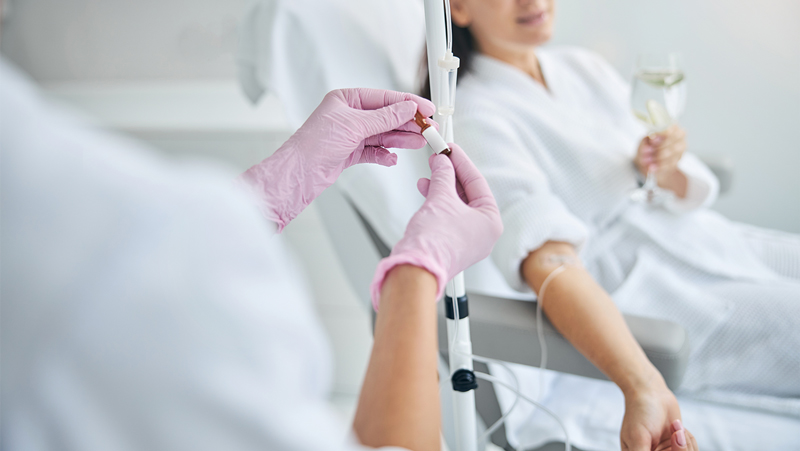
IV infusion, also known as intravenous therapy, is a medical procedure that delivers fluids, medications, and nutrients directly into a patient’s bloodstream. It is a fast and effective way of administering medication and nutrients to treat various health conditions. This article will provide you with detailed steps on how to perform IV infusion, from preparation to post-infusion care.
Step 1: Patient Assessment
Before starting the IV infusion procedure, it is important to assess the patient’s medical history, vital signs, and current medical conditions. This will help determine the type and amount of fluids and medications needed, as well as any potential complications or contraindications. The patient’s medical history, allergies, and current medications should be carefully reviewed to avoid any adverse reactions.
Step 2: Equipment Preparation
The next step is to prepare the necessary equipment for the IV infusion procedure. This includes sterile gloves, IV catheter, tubing, IV fluids, and medication. The IV catheter should be of the appropriate size and type for the patient, and the tubing should be free from any air bubbles or kinks.
Step 3: Patient Preparation
The patient should be positioned comfortably and their arm or hand should be cleansed with an antiseptic solution. The IV catheter should be inserted into a vein, usually in the arm or hand, using a sterile technique. The patient should be instructed to keep the arm or hand still during the procedure.
Step 4: IV Infusion Administration
Once the IV catheter is in place, the tubing should be attached to the catheter and the IV fluids and medication should be administered at the prescribed rate. The flow rate of the IV infusion should be monitored regularly to ensure that it is delivering the correct amount of fluids and medication.
Step 5: Post-Infusion Care
After the IV infusion procedure is complete, the catheter should be removed and pressure applied to the site to prevent bleeding. The patient’s vital signs should be monitored for any signs of complications, such as infection or fluid overload. The patient should be instructed to drink plenty of fluids to prevent dehydration.
In conclusion, IV infusion is a valuable medical procedure that can provide fast and effective treatment for a variety of health conditions. However, it is important to follow the correct steps and protocols to ensure the safety and well-being of the patient. By carefully assessing the patient, preparing the necessary equipment, administering the IV infusion correctly, and providing appropriate post-infusion care, healthcare professionals can ensure that their patients receive the best possible treatment.
© Medical Aesthetics And Lasers. All Rights Reserved. | Design By JR infotech